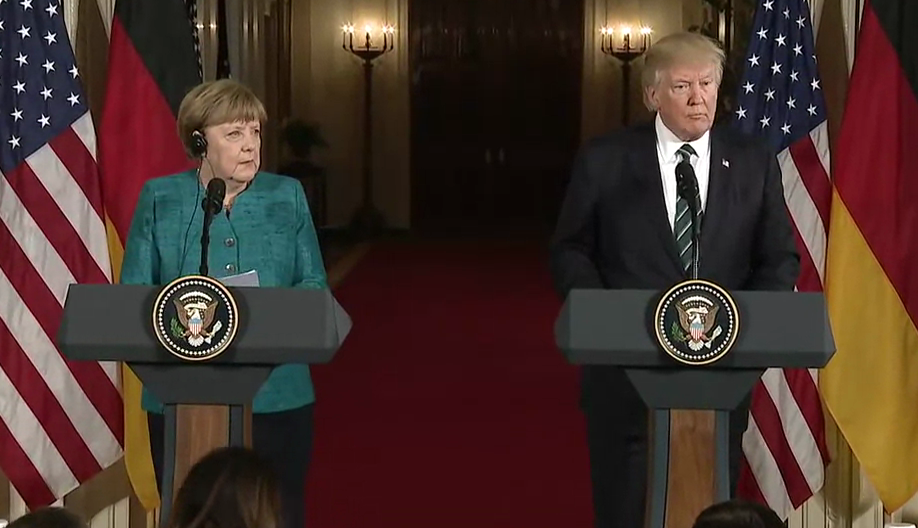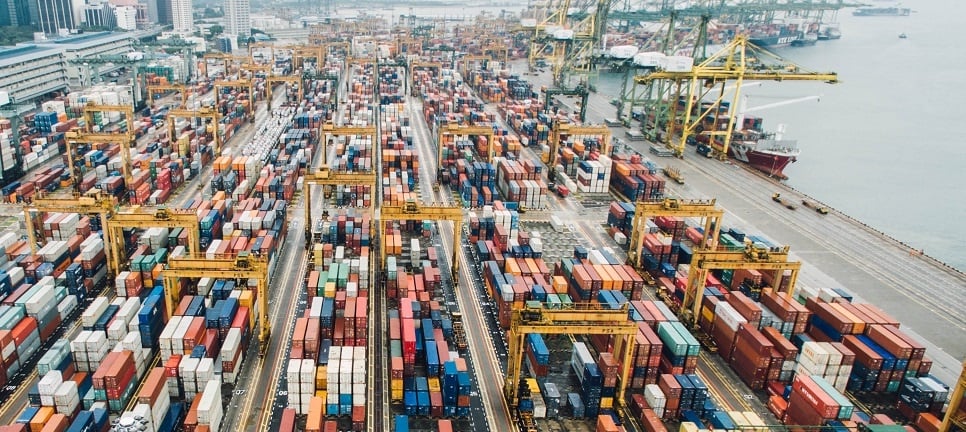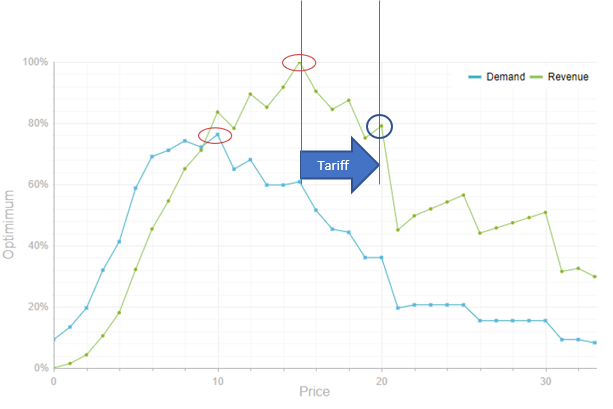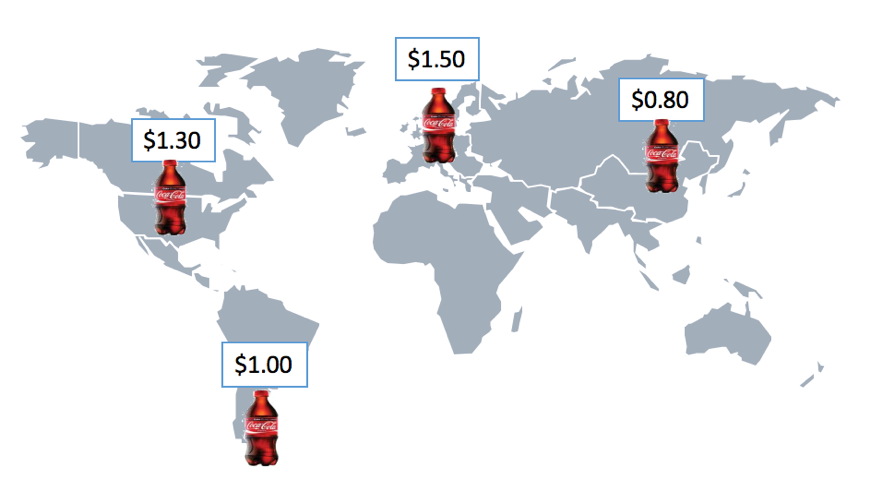Are Your Prices Ready for Global Tariff War?
 PriceBeam
·
3 minute read
PriceBeam
·
3 minute read

According to a CNBC study, roughly two-thirds of North American and Asia-Pacific CFOs say U.S. trade policy will have a negative impact on their company over the next six months. The reason is clear: Tariffs and counter-tariffs will mean changes to costs and very likely prices too. So if your inputs are subject to tariffs and thus increased costs, should you increase your prices too? Or if your products get slammed with a new tariff caused by Donald Trumps trade war or response from e.g. EU or the Chinese, should you lower your list prices so that the effective price increase is neutralized?
The answer is, that it depends.
It depends on how much you know about your customers willingness-to-pay. It also depends on what your price is versus what the customer's willingness-to-pay is. It also depends on how much it hurts current profitability if costs change with e.g. 25% which is one of the most common tariffs currently being introduced.
Is your product over-priced or under-priced?
Map the current prices against the customers' willingness-to-pay, similar to the figure below:

If prices or willingness-to-pay move along one of the coloured lines, then there is no change in being under-priced/over-priced. But if your pricing moves from one colour to another, then there is a change. The more under-priced you are (i.e. if WtP is higher than current price) the more opportunity you have to adjust to a new situation with tariffs.
So the first step is, if you don't already know it, then conduct market research to understand your customers' willingness-to-pay. PriceBeam has several excellent solutions for that. Once you know where you stand, there are several options and choices to make:
Your input costs are subjected to a tariff:
Having all input costs, or at least some of them, go up by 25% will hurt most businesses. So the next question is if your product is currently under-priced versus customers' willingness-to-pay. If under-priced, then prices should go up immediately. Actually, you could/should have done so already, but maybe it took the tariffs to get the relevant WtP insights. Regardless of reason, if your product is under-priced and your costs go up, don't hesitate to take a price increase.
If costs go up, but your product is actually already priced at the expected WtP point, or even over-priced, then it is more difficult. Tariffs should not become a death sentence for the business, so you may have to take a price increase under all circumstances. But price research can actually help with how to implement those price increases without too much damage. First analytical step is to look at willingness-to-pay by segment. Very often, some customer segments are willing to pay (considerably) more than other segments. If you know what segments put higher value on your product, then that is where you should focus your price increases. Maybe at the same time do some product differentiation, so high WtP = premium product and lower WtP = standard/basic product.
Running price research to identify what features customers value, can also help in communicating price increases. PriceBeam Value Attribute study e.g. uses conjoint analysis to identify what product attributes matter to the customers. Tariffs do help justify some price increases, but the more you can also communicate the valuable features of the offering, the more easy it will be to accept for customers.
Your own product is subjected to a tariff
If on the other hand, your own products are subject to a tariff, the choice is different: should you let the final price go up by the value of the tariff, or should you actively look at lowering your own gross price, so that after tariffs the net prices paid by the customers is lower than Current_Price + Tariff? In most situations, don't fall for temptation to lower prices. The price elasticity involved in most products will not justify the increase, only make it worse profit-wise. Because, unless the price drop is bigger than the tariff, the effective price is going up, there is no additional volume to be had. So the gross price drop is pure profit loss, not compensated by additional volume sold.
Instead, if your products are subjected to a tariff, roll with the price increase, and work instead on your value creation and value communication, as if you had made the price increase yourself. Identify what product attributes and features are most valued by the customers and highlight those features. Understand what segments are willing to pay more for a premium product, and enhance thier offering where possible.
The added benefit with this is also that once the tariff disappears again, you will have strengthened the value position in the eyes of the customers.
Communication tip
One thing to remember is also that while it may impact demand and overall be a difficult situation, tariffs are generally accepted by most customers and consumers as outside the control of the vendor. In other words, as long as tariffs are involved, it is usually OK to increase prices. General price increases should always be supported by a healthy set of value communication, but tariffs do make it slightly easier to get through.
Recommendation
Tariffs are usually bad for business. But working proactively with understanding customers' willingness-to-pay and what product features they value, will help you to a better response to the tariffs. Focus on not only delivering status quo, but look for customers as well as product enhancements that mean that your customers still will accept the new price. And let the whole process make your business stronger.
Brands and Retailers should move their prices up now, even before the tariffs hit. They can gain margin over their competitors that are late to raise prices..Smart companies raise their prices when they know a cost increase is coming.




